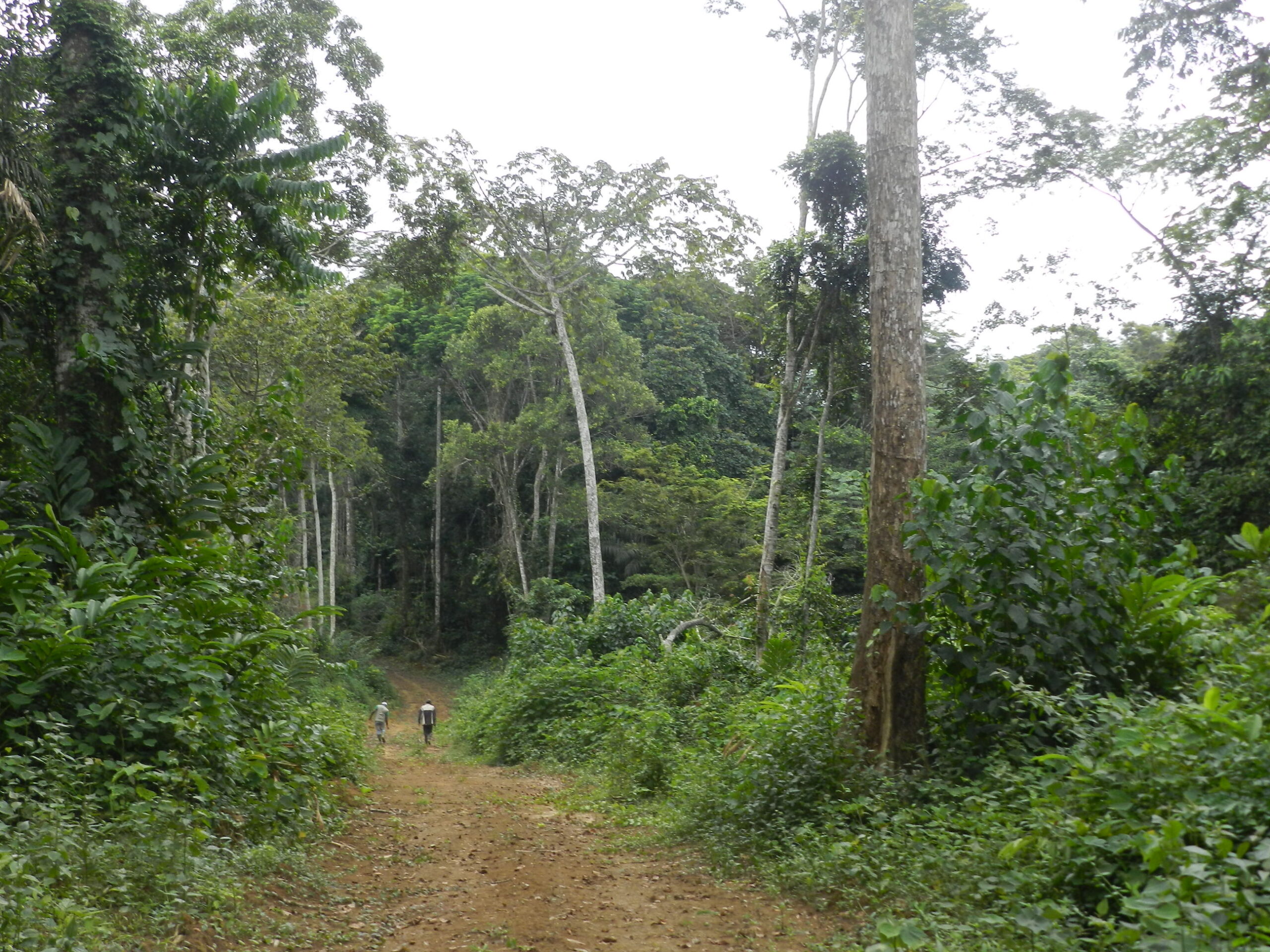This is the result of a study carried out by the International Union for Conservation of Nature (IUCN) examining the causes of deforestation and forest degradation in central Africa.
In Cameroon, over 44 762 hectares of forest are devastated annually by industrial exploitation in the TRIDOM (Tri-National Dja-Odzala-Minkébé). This is the finding of a study carried out by the International Union for Conservation of Nature (IUCN). This situation is due to the surface of annual allowable cuts by the logging companies. However, as stated by the study, the surface of annual allowable cuts is only one of the indicators of the deforestation caused by industrial exploitation. The opening of roads to evacuate the wood leads to an average annual forest clearing of 295 km, 6 metres wide. However, is industrial forest exploitation as harmful as we think for forests? The study shows some limitations to this idea. Indeed, the surface of annual allowable cuts isn’t cleared, but rather damaged, due to the selected cuts of certain species of wood. The same study reveals that mining exploitation is indirectly responsible for the deforestation of close to 8000 hectares in the Cameroonian side of the TNS (Tri-Nationale de la Sangha) and TRIDOM.
Mining and agricultural exploitation also accused
Mining iron exploitation projects in Mbalam, as well as nickel and cobalt in the same area, the construction of power plants and roads are also important factors leading to deforestation of these cross-country fauna and flora reserves. Agricultural practice by itself contributes to deforestation of 5100 hectares each year in these two forest regions. Cocoa farms, which were the main causes of deforestation in the 1990s, are now surpassed by large palm groves. However, the IUCN report minimizes the impact of agricultural practice on forest clearing and degradation. It seems urgent for Cameroon to identify through a rigorous method causes of forest clearing and degradation, and to implement real politic reducing forest carbon emissions, to benefit from the REDD+ support.
TNS and TRIDOM : two endangered large forests!
The TNS and the TRIDOM are two adjacent areas of the Congo Basin that together cover a total surface of 185 000 square kilometres: 44 000 km² for the TNS (Cameroon, Congo, Gabon) and 141 000 for the TRIDOM (Cameroon, RCA, Congo). These areas are famous for having important populations of large mammals, and over 191 fauna species have been identified, including elephants, western gorillas, chimpanzees, buffaloes, giant forest hogs, potamochoerus, bongos, giant pangolins, and spotted hyenas. All these animals are protected in Cameroon. According to the report carried out by the International Union for Conservation of Nature (IUCN), over 520 types of birds are present in these large forests. The 800 flora species present in the Boumba-Bek and Nki national parks are also endangered.

